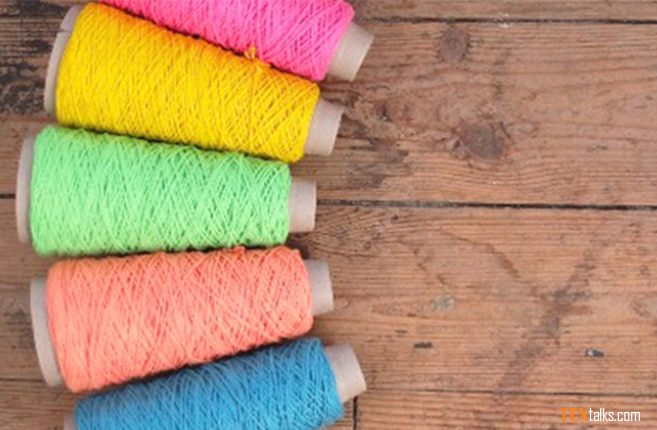 Blusign has imposed restrictions on the free aniline content in dyestuff to promote environmental sustainability and human safety. The bluesign System Substances List (BSSL) specifies limits for chemical substances in articles (consumer safety limits), and the bluesign System Black Limits (BSBL) specifies threshold limits for chemical substances in finished chemical products such as auxiliaries or dyes. The compilation of substances in the BSBL includes all substances for which a precautionary hazard-based threshold limit is defined.
Blusign has imposed restrictions on the free aniline content in dyestuff to promote environmental sustainability and human safety. The bluesign System Substances List (BSSL) specifies limits for chemical substances in articles (consumer safety limits), and the bluesign System Black Limits (BSBL) specifies threshold limits for chemical substances in finished chemical products such as auxiliaries or dyes. The compilation of substances in the BSBL includes all substances for which a precautionary hazard-based threshold limit is defined.
Aniline is irritating to the skin, eyes, and respiratory tract. Effects can result from all routes of exposure. Aniline induces methemoglobinemia, which impairs the delivery of oxygen to tissues. Aniline may also cause the destruction of red blood cells, which manifests as acute or delayed hemolytic anemia. Based on concerns such as the US Environmental Protection Agency classifying aniline as a Group B2 probable human carcinogen and its toxicity to the natural environment, bluesign is taking a proactive step to reduce the chemical’s use.
With effect from July 1, 2021, the bluesign revision incorporates new scientific knowledge on substances’ toxicological and ecological profile, the new legal classification of chemical substances, new legal consumer safety limits, revised risk assessments, and feedback from experts. Aniline reduced indigo is now a must for bluesign Approved indigo types and is restricted in other dyes and auxiliaries to a maximum limit of 500 mg/kg. The step is a great initiative for a broader benefit.



